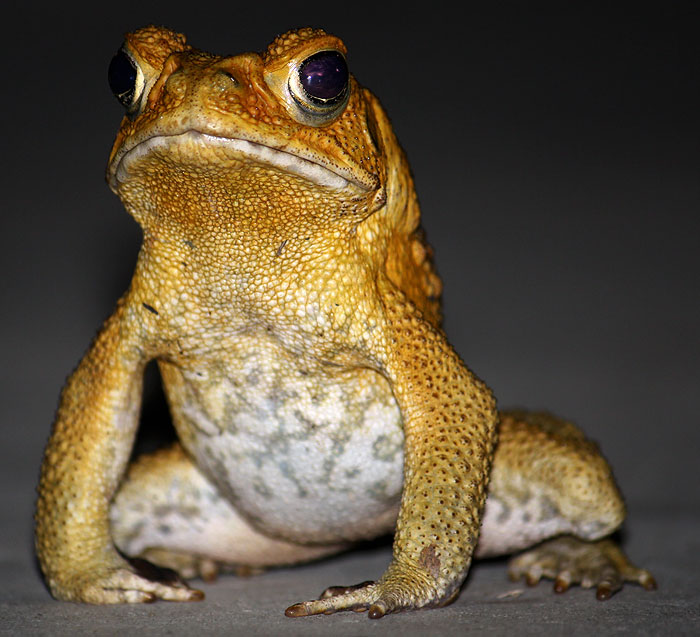Marbled Frog ~ Limnodynastes convexiusculus
The tropics of Northern Australia are home to a variety of frogs, and it's always a treat coming across them. This one, a Marbled Frog is relatively common, although they are retiring and tend to shun human habitation, so they aren't seen as often as say the gregarious White-lipped tree frog who you can check out in a previous post about frog decline.
Sadly there are reports of people killing these handsome little fellows due to the misguided belief that they are juvenile Cane Toads. Australia has no true toads except the introduced C.T previously mentioned, and all frogs are beneficial - so I guess a good rule of thumb would be that if you're not 100% sure of what species you're dealing with - then it's best to just live and let live eh?.
Sadly there are reports of people killing these handsome little fellows due to the misguided belief that they are juvenile Cane Toads. Australia has no true toads except the introduced C.T previously mentioned, and all frogs are beneficial - so I guess a good rule of thumb would be that if you're not 100% sure of what species you're dealing with - then it's best to just live and let live eh?.
 |
(Limnodynastes convexiusculus) |
 |
Gorgeous Patterns |
 |
Surprised to be rumbled - eh? |
Adult Marbled Frogs reach about 4.5 centimetres (1.8 in) in length, sometimes larger. Toes are long and unwebbed. Grey to light brown on back with numerous prominent darker blotches. The belly is white. Males have a yellowish throat and may also have numerous small sharp black spines on their backs. When disturbed their skin excretes large amounts of mucous.
The Marbled Frog tends to be solitary inhabiting thick ground vegetation and is more often heard than seen. Males often call from hidden sites, usually partly submerged beneath vegetation. Its call has been described as "a rapid series of uk uk uks". Eggs are laid in a floating foam nest under vegetation and are small and brown. Tadpoles reach 7 centimetres (2.8 in) in length.
The Marbled Frog tends to be solitary inhabiting thick ground vegetation and is more often heard than seen. Males often call from hidden sites, usually partly submerged beneath vegetation. Its call has been described as "a rapid series of uk uk uks". Eggs are laid in a floating foam nest under vegetation and are small and brown. Tadpoles reach 7 centimetres (2.8 in) in length.






Comments
Post a Comment